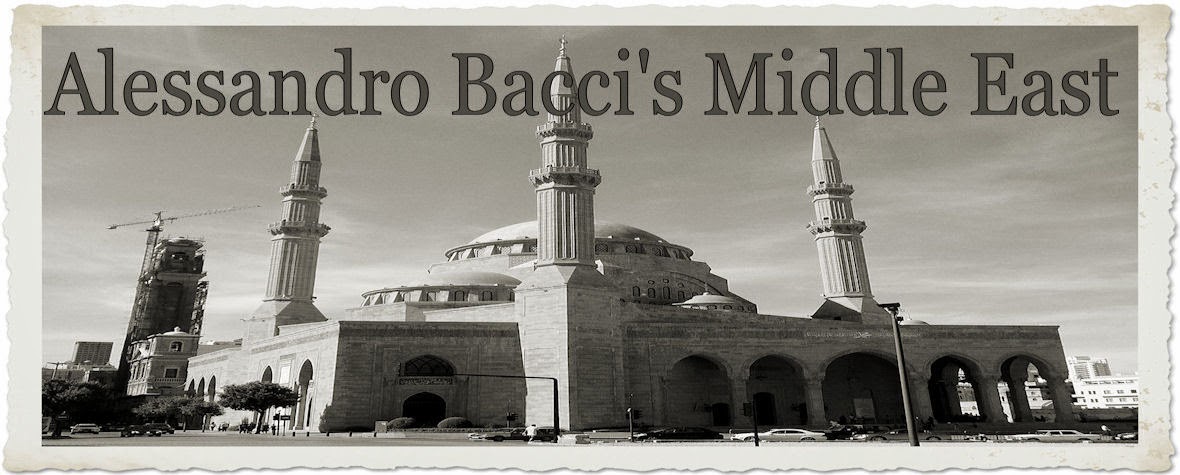November 7, 2016,
CALGARY, Canada
Dear readers,
I would like to share with you the following post by OpenOil, a consultancy, publishing house and training provider, specialized on open data products and services around natural resources. OpenOil and I have recently developed a financial model regarding Brazil's Libra oil field. The post below will provide you with more details about the Libra model. From my side, participating in this study has been a very interesting experience and has helped me to improve my skills with reference to financial modeling.
Thank you
Kind regards,
Alessandro
Brazil’s $90 Billion Libra Field in Trouble – Says
Public Data
We are delighted to publish the first
in our series of open financial models to be produced with teams from
government, civil society and the private sector from all over the world –
using only publicly available information
Brazil’s Libra field has been the
subject of intense public interest since the deal for it was announced in 2013.
It is the flagship for the country’s attempt to become a major global exporter.
The massive field lies 250 km offshore in the pre-salt – under 2,000 m of water
and another 5,000 m of rock, requiring mind boggling technology to locate, and
produce out.
It was also the first, and still only,
Production Sharing Contract (PSC) contract in Brazil, signed to encourage the
majors to sink the enormous amounts of investment in needed – some $90 billion
in the Libra field alone.
The project was conceived, signed and
planned out before the price crash began in mid-2014. Since then, as Brent
dropped from $100 per barrel to below $50 today. The consortium, which groups
Petrobras, Shell, Total, CNPC and CNOOC, is still working on its program roll
out.
This model shows Libra is unlikely to
go forward in the form publicly discussed so far. It could be that a more
incremental development plan is deployed – fewer wells producing less oil. It
could be that the final investment decision is effectively suspended until oil
moves above current prices. Even if the field could produce 10 billion barrels
(the middle scenario), investors would need an oil price to average $54 per
barrel, throughout the lifetime of the project, in real 2016 terms, to break
even. And there is obviously all manner of technical, market and even political
risk. It could be that the project never goes ahead at all.
Information is sketchy. But the
assumptions – around costs, prices, scheduling, and the impact of Brazil’s
fiscal regime, have been checked against publicly available sources. We invite
both the government and the consortium to contribute any further data they
would like, to further refine the model (as Rio Tinto and Shell have in
OpenOil’s previous model releases).
The model is freely available on the Internet,
as open data, for download and experimentation, and the user can change
parameters and instantly see the change in results.
The Libra project page details the document set
that go with the Excel spreadsheet, the processes used, the provenance of every
piece of data and assumption.
It is the first of 10 such models
OpenOil will be publishing in the next few weeks. All open and downloadable.
We welcome scrutiny – and criticism –
because we see open financial modeling as the necessary next stage of
transparency in the oil and mining industries. Each of the coming models
address a clutch of analytical questions, because each project has its
specificities. How much did that tax holiday cost the government, and what does
investor profitability look like without it? Is there a tax gap between what
the model predicts and what processes like EITI show have turned up? What do
investor returns look like in the new low price environment? How much is that
large government equity stake really worth once you take project finance into
account? Will the project ever even go ahead (as in Libra), or, as in other cases,
re-open? Is there any significant difference between prices the company reports
it obtained (”actuals”) and global benchmarks?
We believe modelling – at project
level, grasping all the quirks and artefacts of the real world – is the new
normal of transparency.
We’ve been working on open financial
models in-house now for 30 months. But this new phase, completed in a 5 day
“sprint” last week here in Germany, takes it out to the world. Each of the
coming batch has been co-developed with a partner. In a couple of cases, such
as this one, by an individual consultant (watch Alessandro Bacci’s
explanation of why he did this, soon to be published), but mostly teams.
Governments, civil society organisations, think tanks.
What is needed to make this happen is not
just capacity building, but standard techniques. In this regard, I would like
to thank F1F9 both for their leadership in the
evolution of the FAST modeling standard, which is entirely
open, but also their considerable pro bono support to this kick off project. It
is these techniques which allow peer review and robustness, to escape from
“cottage industry” models and black box results.
This is what has started to happen.
Each model was extensively reviewed by the group of modelers at the sprint –
the work of an eastern African finance ministry reviewed by an Indonesian NGO,
that of a Calgary-based industry consultant by West African mining officials.
We look forward to your comments on
each model, and invite anyone interested in taking this forward with us – as
modelers, users, champions – to contact us.


No comments:
Post a Comment
Note: Only a member of this blog may post a comment.